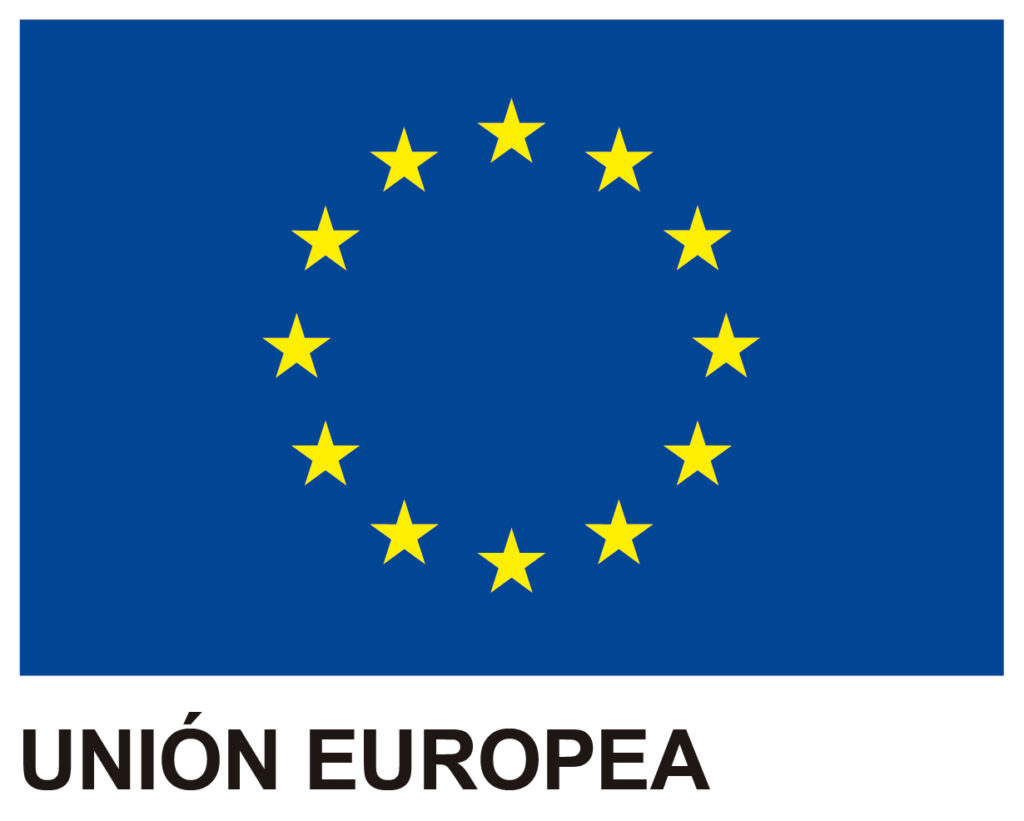How do I deal with such a variety of regulations?
Since the Corporate Compliance model was brought in Spain in 2015, with the reform of the Penal Code, companies have found it necessary to establish performance standards that enable them to identify and classify possible risks at an operational and legal level within the framework of their business activity and to adopt the necessary prevention, management and control measures to address any potential non-compliance with the regulations on their part.
The problem this model brings about is the integrated management of such a wide variety of national and international regulations. Regulations that companies need to comply with depending on the nature of their activities and relationships with third parties. Also, to achieve an integrated management of regulatory compliance that favours risk mitigation, organisational and policy strategies are required that foster communication and the development of a culture of compliance. In this regard, the biggest challenge faced by companies is achieving a synergy between the different areas involved, the respective risk analysis and the execution of controls that ensure regulatory compliance when undertaking their business activity. In the strictest sense, having a reasonably integrated compliance management system.
How do I achieve a reasonably integrated compliance management system?
Currently, we take ERM management models (Enterprise Risk Management) as a reference to the extent that they include synergies and joint areas of action between risk management and compliance. The implementation of this type of model involves an organised, ongoing process for managing the company’s risks and also the development and implementation of integrated systems.
For the implementation of this type of model you need to do the following:
- Define the scope and ensure it is sufficiently clear that the business activity of the company can be understood.
- Identify the risks that affect the company, for which detailed knowledge is needed of the company, the market in which it operates and also the legal, political and social environment in which it operates.
- Develop a shared and coherent vision with the strategy and objectives to be achieved, including factors that are critical for its success.
- Assess the risks in terms of probability and impact.
- Establish monitoring of the measures defined to mitigate the risks identified.
Likewise, the features that characterise ERM include the following:
- It is an additional resource for establishing and prioritising the company’s objectives.
- It offers interaction with and feedback from the different stakeholders and interdependencies of processes.
- It is a resource that supports setting up strategies and decision-making based on the analysis of the risks identified.
- It enables the centralisation of controls, offering improvements in the quality of the information, perception and effectiveness of data governance.
- It addresses compliance requirements such as SOX, COSO, ITIL, among others.
Importance of comprehensive risk and compliance management
Every choice a company makes to achieve its objectives entails certain risks. From the simplest decisions in undertaking business operations to the big decisions made by the board of directors. Even the success of the company carries a certain degree of risk, for example, the risk of not meeting unexpectedly high demand or maintaining the commercial target set. For this reason, companies have to adapt as far as possible to the growing complexity and volatility of business opportunities.
The risk assessment generates a set of expectations that the company needs to be aware of and needs to consider whether or not they meet them. In this regard, the company needs to protect its efforts and resources by creating effective policies and procedures. The monitoring and control of these policies and procedures is hugely important in order to move towards comprehensive management and to continue improving the most vulnerable points of the system.
To achieve a clearly defined scenario, integrated risk management needs to be considered at all organisational levels of the company, such as:
- Governance and business culture.
- Strategy and setting objectives.
- Review and monitoring of the systems.
- Communication and reporting of information, among others.
This will contribute to the strategic planning and performance of all departments and roles.
The adequate comprehensive management of risks and compliance forms an essential part of the approach companies adopt when managing complex and volatile circumstances. Being able to make quick decisions and offer coherent responses, taking action when it comes to correctly handling the proliferation of data, efficiently managing the cost of risk management, making the most of artificial intelligence and process automation, and, most importantly, building stronger and more prosperous companies over time.
Benefits of effective risk and compliance management
Companies that carry out integrated risk and compliance management, and who also adopt measures to ensure regulatory compliance, can reap many benefits, which may include:
- Extending the scale of opportunities available, taking into account all the possibilities.
- Identifying and managing risks throughout the organisation and, as a result, sustaining and improving development.
- Increasing advantages at the same time as negative situations are reduced, which is a result of identifying risks and establishing appropriate responses.
- Maintaining high quality standards and a good company image.
- Professionalising compliance function, providing resources and processes that guarantee its effectiveness.
- Reducing legal and administrative problems.
- Improving resource deployment due to having access to sound information on risks that enables an assessment to be made of general resource needs and priorities to be set for their deployment and allocation.
So, we can conclude that it is of great importance for companies to implement a comprehensive risk and compliance management system. Not only because it will guarantee the smooth running of their business activities, but also because it will bring many economic, social and work-related benefits. Not forgetting that achieving synergies between all the areas of the organisation in terms of risk and compliance will help to mitigate the risk of potential regulatory breaches.







